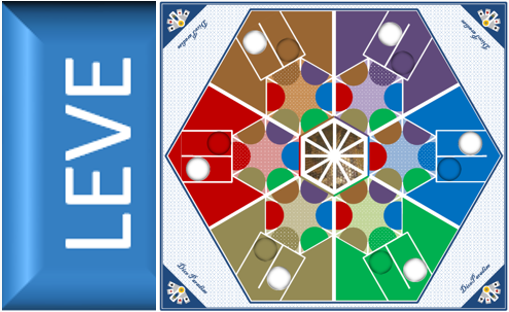Haiti’s earthquake shook the city where I grew up — and shook loose warm memories | Opinion
Eglise Sacré-Coeur — Sacred Heart Church — was damaged in the Aug. 14 earthquake that struck Les Cayes, Haiti.
I have lived in Miami ever since I immigrated from Haiti in 1975, but I continue to follow the turmoil befalling my homeland. The latest COVID-19 outbreak, the brutal assassination of President Jovenel Moise and the chaos of gang violence are plunging the nation into yet another dramatic chapter of its turbulent existence.
But the recent earthquake, for me, is more of a personal tragedy. The city of Les Cayes, hit hard by the Aug. 14 quake, is where I grew up. The news of this beautiful city, on the edge of an enchanted sea, being leveled by this monster quake was just unbearable.
Les Cayes has survived disaster — both natural and manmade since before it was founded in 1786. In the 17th and 18th centuries, it was rattled four times by earthquakes, leveled in 1751 and again in 1770. It was ravaged by the infamous fire of 1908. The same fault line on which it sits is suspected to have caused the horrific earthquake in January 2010, as well as the recent one that struck the southern peninsula. And, of course, the city sits in the Atlantic hurricane corridor and has been repeatedly battered by storms.
But the 7.2-magnitude earthquake last week — in which more than 2,100 people have died and that left the entire southwestern area of the country in utter devastation — was overkill. How much manmade and natural punishment can Haiti endure before reaching a state of absolution from its seemingly unforgiven historical sins and harrowing geographical location?
Though born in Port-au-Prince in the early ’50s, I was reared for many years in Les Cayes, my beloved adopted town. Video of the damage sustained by several of the city’s landmarks and historical sites were heartbreaking to watch, as my childhood memories of them are still overwhelmingly beautiful.
The 1861 architectural marvel, the historic Diocese of Les Cayes, erected on one side of Place d’Armes square — and a block away from the majestic cathedral — was completely decimated.
It was there, across the popular Place d’Armes, that on some lucky afternoons, the religious flock could watch the bishop wave his hands at them from his third-floor balcony — while smoking his pipe.
Thank goodness that the grand cathedral next door sustained only minor damage. That’s where all my siblings were baptized and where I knelt for the first time to receive the eucharist, I was 9 years old, at an early Sunday-morning mass, and became part of a special group of Christians by receiving the Holy Communion. I can still picture myself wearing white short pants, a long-sleeved white shirt and a pair of white shoes with clean white socks. It was, for me, what today would be called a “peak experience.”
Sadly, another architectural gem, the Eglise Sacré-Coeur, about a mile away from the cathedral — and where I attended so many Sunday masses, including my first Christmas midnight mass — was mercilessly destroyed by the seismic shock.
I feel such sadness looking at photos of the crumbling walls of Sacré-Coeur, part of its ceiling destroyed, along with several of its ornate windows. Sacré-Coeur witnessed numerous religious Easter events inside and outside the church, where the streets around the premises were blocked to vehicle traffic in order to erect decorative, religious structures in honor of Les Cayes’ annual celebration of its beloved patron saint.
The devastation elsewhere, in the Carrefour Horèle and Lan Gabyon areas, was not any less disturbing. The landmark Salle Saint Louis has sustained some damage, and Les Cayes’ soccer field off Lan Gabyon was turned, overnight, into an outdoor shelter for many Cayens.
The quake could not have hit at a worse time. The city was preparing for its popular Aug. 15 religious feast of Our Lady of the Assumption. This was to have been accompanied by the equally popular Gelée beach festival, which the vast majority of Cayens — along with visitors — attend.
Videos of another of Haiti’s marvelous historical sites show the mind-boggling devastation of the Saut-Mathurine waterfall. Located in Camp-Perrin, a few miles from Les Cayes, the waterfall, Haiti’s largest, is almost 90 feet high and 100 feet wide and surrounded by majestic trees, lush vegetation and wildflowers. I still can recall vacationing there as a child with my parents and delightedly swimming in its welcoming turquoise waters. Now, it’s difficult to see its considerably diminished size after the quake.
In such a difficult, unprecedented, challenging time, my thoughts and prayers are with the resilient people of Les Cayes who, throughout their embattled history, continue to face the challenges, always prevailing against all odds.
Lyonel Gerdes, a former journalist, is a Miami educator and author of the book “Joie de Vivre and Decadence: Growing up in the Golden Age of Les Cayes, Haiti.”


